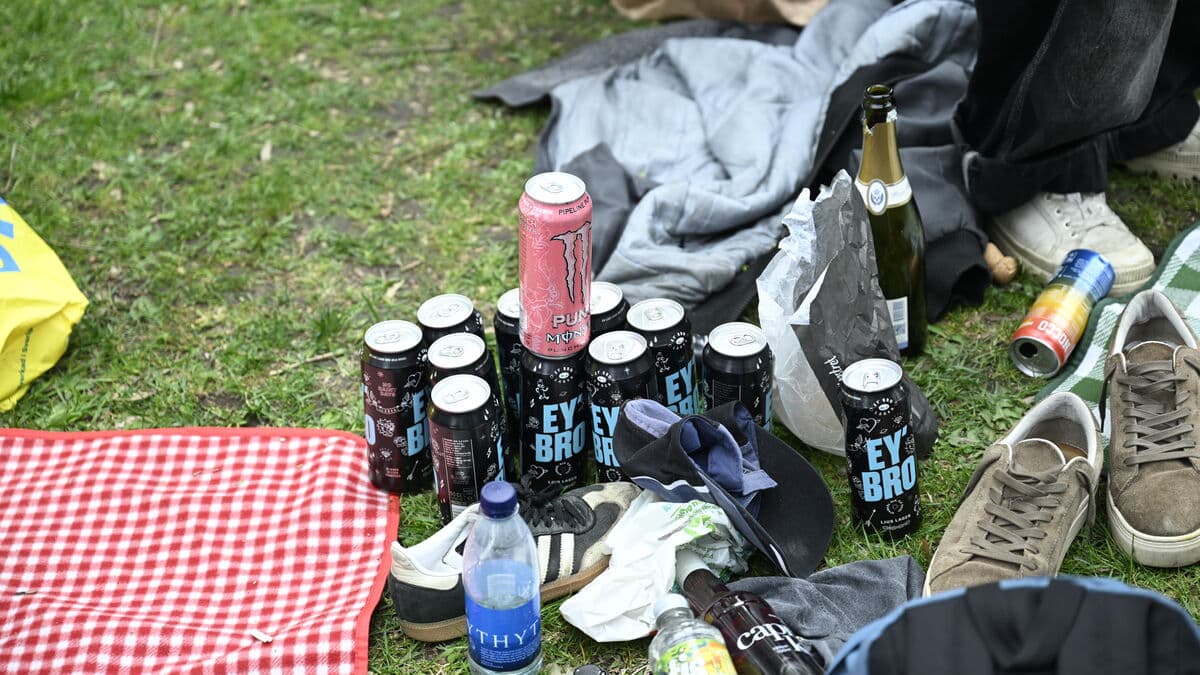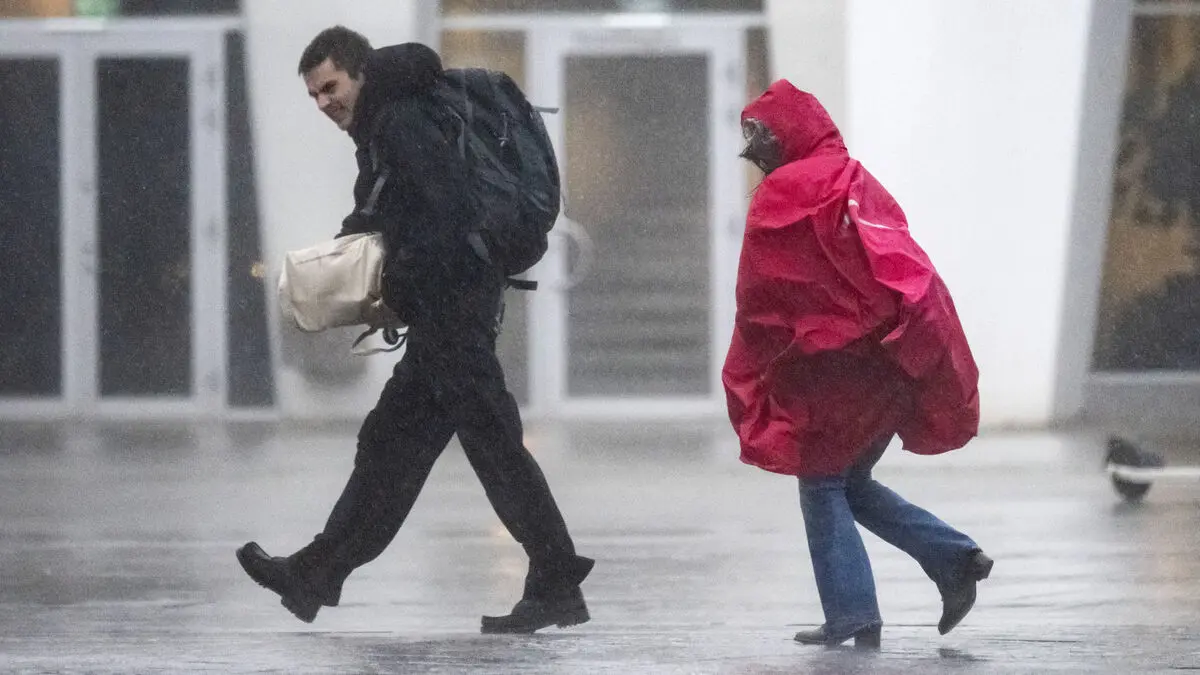Youth use of alcohol, tobacco and cannabis continues to decrease in Europe, according to Espad – which since 1995 has investigated the consumption of alcohol, tobacco and drugs among 15- and 16-year-old school youth in Europe.
At the same time, other risk behaviors such as e-cigarettes, gaming and non-medical use of medicines – especially among girls – are increasing.
Mental illness
Swedish girls also report to a higher degree that they feel worse mentally compared to boys of the same age. Espad has for the first time in its report included a figure for how young girls and boys in Europe are doing, based on a standard from the World Health Organization WHO.
Results over 50 (out of 100) are considered a sign of good mental health. For Swedish boys, the figure is 78, for girls 48 – the largest gap among all the countries surveyed. However, in all countries, girls report that they feel worse than what boys report.
Alcohol
24 percent of Swedish young people answered that they have drunk alcohol in the last 30 days, which is below both the Nordic and European average. For Swedish young people, it is a continued small decrease, which has been going on for a long time.
Also, regarding intensive consumption of alcohol in the last 30 days (18 percent), Sweden is below the average in the Nordic countries and Europe. At the same time, Swedish young people are at the Nordic average regarding smoking, just under two percent say they have smoked daily in the last month.
Nitrous oxide
But Sweden stands out in a negative sense when it comes to the use of so-called inhalants, says Johan Svensson, investigator at the Central Association for Alcohol and Drug Information (CAN).
This applies if you have tried sniffing, boffing or using nitrous oxide.
Svensson emphasizes that there is some uncertainty surrounding the figures since not all countries have asked about, for example, nitrous oxide.
About 17 percent of Swedish students answered that they have used inhalants sometime, clearly higher than the average in Europe and the Nordic countries, which is under 10 percent.
Over 100,000 students from 37 European countries participate in the study, which is the largest of its kind in the world.





